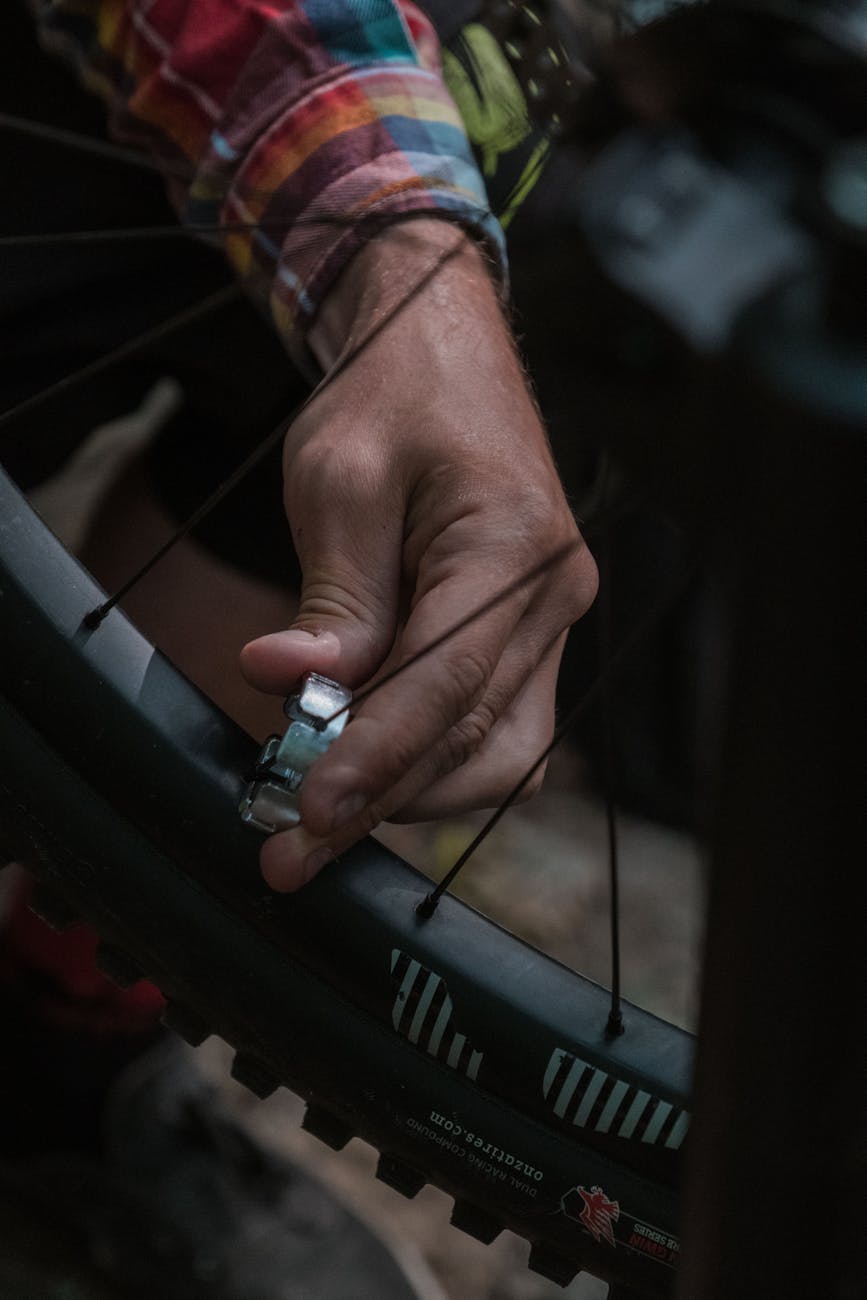Cycling is an enjoyable and healthy activity loved by many, but encountering a bent bike wheel can quickly put a damper on your ride. Whether it’s a slight wobble or a more severe bend, addressing this issue promptly is crucial for a smooth and safe cycling experience. While professional help is always an option, there are also simple do-it-yourself solutions to repair a bent bike wheel effortlessly. In this guide, we will explore some DIY methods to straighten a bent bike wheel and get you back on the road in no time.
Understanding the Problem: Identifying a Bent Bike Wheel
Before attempting to repair a bent bike wheel, it’s essential to identify the issue accurately. Signs of a bent wheel include noticeable wobbling while riding, brake pads rubbing against the rim, or an unusual sound coming from the wheel when spinning. Taking the time to pinpoint the problem areas will help determine the best approach for repair.
DIY Solutions for Bent Bike Wheel Repair
Minor Adjustments with a Spoke Wrench
For minor wheel bends, a spoke wrench can be a handy tool for adjusting the tension of individual spokes. Begin by locating the bent section of the wheel and identifying the affected spokes. Use the spoke wrench to tighten or loosen the spokes incrementally, working your way around the wheel to balance the tension. Make small adjustments and regularly check the wheel’s trueness by spinning it to gauge progress.
Utilizing the Braking Pads
In cases where the bend is minimal and primarily affecting one portion of the wheel, utilizing the brake pads can offer a quick fix. Squeeze the brake lever to hold the affected area against the brake pads while spinning the wheel. The friction created against the pads can help straighten out minor bends over time. Remember to release the brake lever periodically to assess the wheel’s progress and prevent overheating.
DIY Truing Stand
Creating a makeshift truing stand can aid in effectively straightening a bent bike wheel. Secure your bike upside down or on a stable stand to allow the wheel to spin freely. Use zip ties or cable ties as makeshift gauges by attaching them to the frame, close to the wheel rim. Observe the distance between the zip ties and the rim as you spin the wheel, adjusting spoke tension accordingly to minimize wobbles and bends.
Safety Precautions and Final Checks
Before embarking on any DIY repairs, ensure your safety by wearing protective gear such as gloves and eye protection. It’s also beneficial to work in a well-lit and spacious area to carry out the repairs efficiently. Once you have straightened the bent bike wheel using the DIY methods outlined, perform a final check by spinning the wheel and observing for any remaining wobbles or irregularities.
Conclusion
Repairing a bent bike wheel doesn’t have to be a daunting task, thanks to these effortless DIY solutions. By understanding the problem, utilizing simple tools like a spoke wrench or brake pads, and incorporating a makeshift truing stand, you can straighten out minor bends and get back to enjoying your cycling adventures. Remember to prioritize safety, take your time with adjustments, and test the wheel thoroughly before hitting the road. With a bit of patience and the right approach, tackling a bent bike wheel can be a satisfying and rewarding endeavor for any cycling enthusiast.




